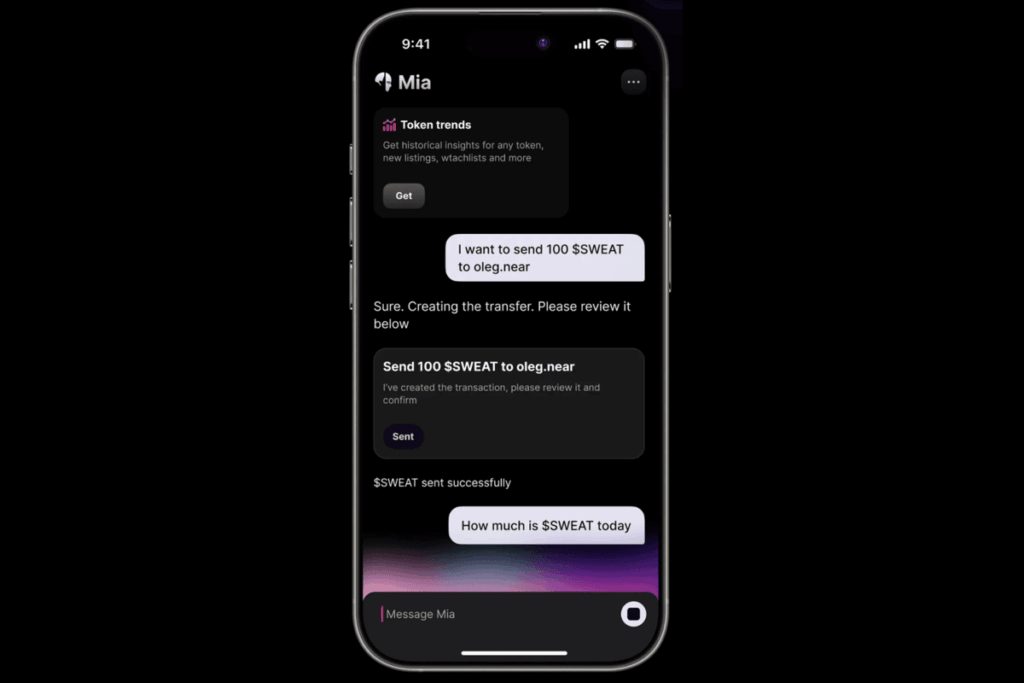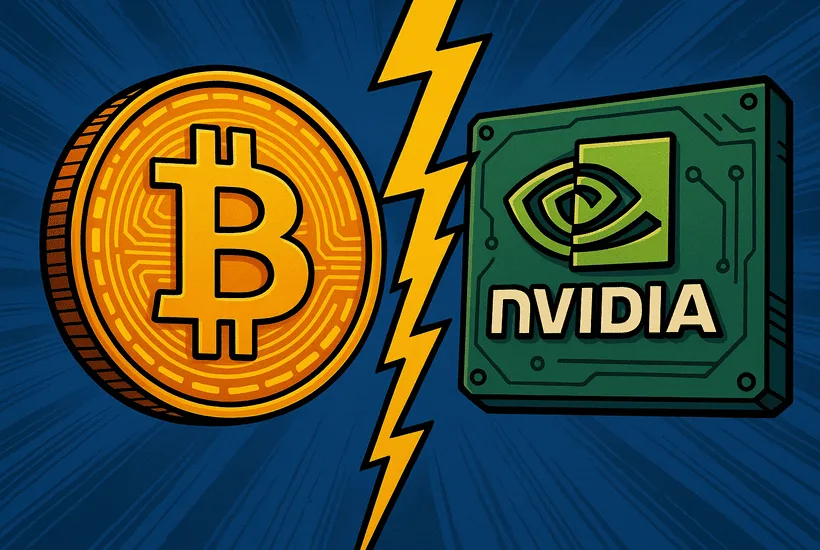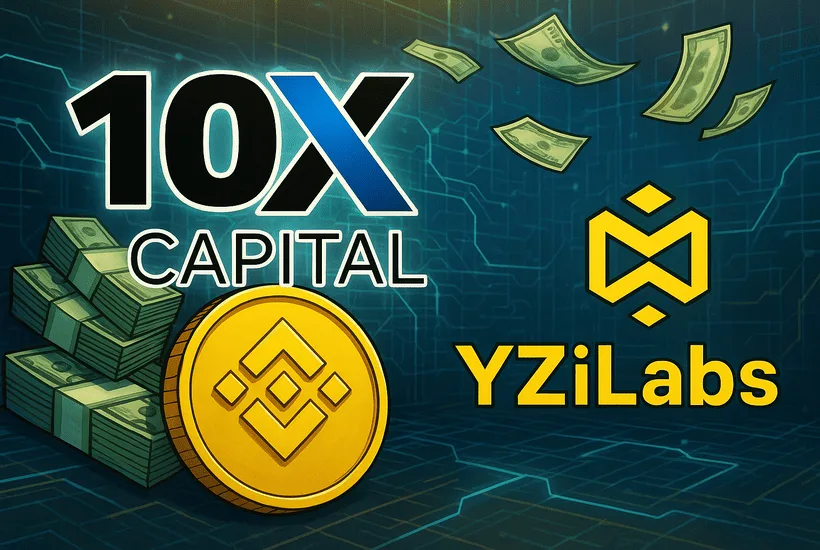Ethereum’s 2-and-a-half-year-old proof-of-stake system has created a new source of passive income for people interested in crypto. Before proof-of-stake, mining was the way to earn cryptocurrency. But now, becoming a validator has created a new way of verifying transactions and data on the blockchain.
Validators are the key to maintaining the Ethereum blockchain. They help to verify transactions on Ethereum, saving on high energy costs that users would incur if it were a proof-of-work platform.
But first…
Newsletter
Get weekly updates on the newest crypto stories, case studies and tips right in your mailbox.
What is proof of stake?
To understand the validation system, it is helpful to know how Ethereum’s proof-of-stake model works.
Ethereum used to operate using the proof-of-work protocol, which means specialized miners had to use extensive amounts of computerized energy to form new blocks, which could contain anything from transactional information to executing smart contracts—data that is crucial to recording all activity on the blockchain.
To become more energy efficient, the Ethereum blockchain underwent an evolution in 2022 through the merge upgrade, changing the way it verified transactions and created these new blocks. Instead of using energy-intensive machines, Ethereum decided to rely on a new method called proof-of-stake.
Under the proof-of-stake system, the blockchain no longer relies on miners but on validators—ETH holders who have decided to lock their currency into the blockchain for this purpose.
What are validators, and what do they do?
Simply put, a validator is an approved entity on the Ethereum blockchain that verifies transactions. To become a validator, a person must have a minimum of 32 ETH and a certain amount of hardware. The hardware is not really needed for processing power, but rather for helping the validator to attest, compile, and propose new blocks to the system.
There are two layers in Ethereum’s blockchain: the execution layer and the consensus layer. The execution layer is responsible for conducting transactions and executing smart contracts. The consensus layer is essentially the validator’s domain, where they monitor transactional activity on the execution layer, compile it, propose it for checking by the network, and then add it to the blockchain.
When a validator proposes a new block, they’re supposed to gather and assemble data from the execution layer before submitting it to the consensus layer for verification.
In exchange for staking ETH and being a validator, participants are rewarded with ETH. The reward system is similar to the proof-of-work system hosted by Bitcoin, but the activities required to earn rewards are very different.
What are the steps required to become a validator?
While a person doesn’t need to have hardware with high processing power, a computer with a minimum level of specs is necessary. For staking, a minimum of 32 ETH is required. This is the minimum level of investment necessary to take part in the verification and attestation of transactional data.
A person interested in staking would also need to have some technical expertise to understand how to earn rewards, as the system of validation can be very complex. Validators will also need to have any of the following software:
- Lighthouse
- Prysm
- Nimbus
- Teku
If someone does not have the required amount of ETH but still wants to earn the staking rewards that come with being a validator, they can join a staking pool. Staking pools aggregate funds to meet the minimum 32 ETH requirement.
Validating or mining: Which is the better method?
Bitcoin still operates on the proof-of-work system while Ethereum transitioned to proof-of-stake, something that is more energy efficient. So, which one is better?
Validators require technical expertise and a huge amount of capital in the form of ETH. On the other hand, mining needs expensive machinery and enough money to pay off energy costs. Both these methods have their pros and cons, depending on skills, machinery, and technical expertise with blockchain.









